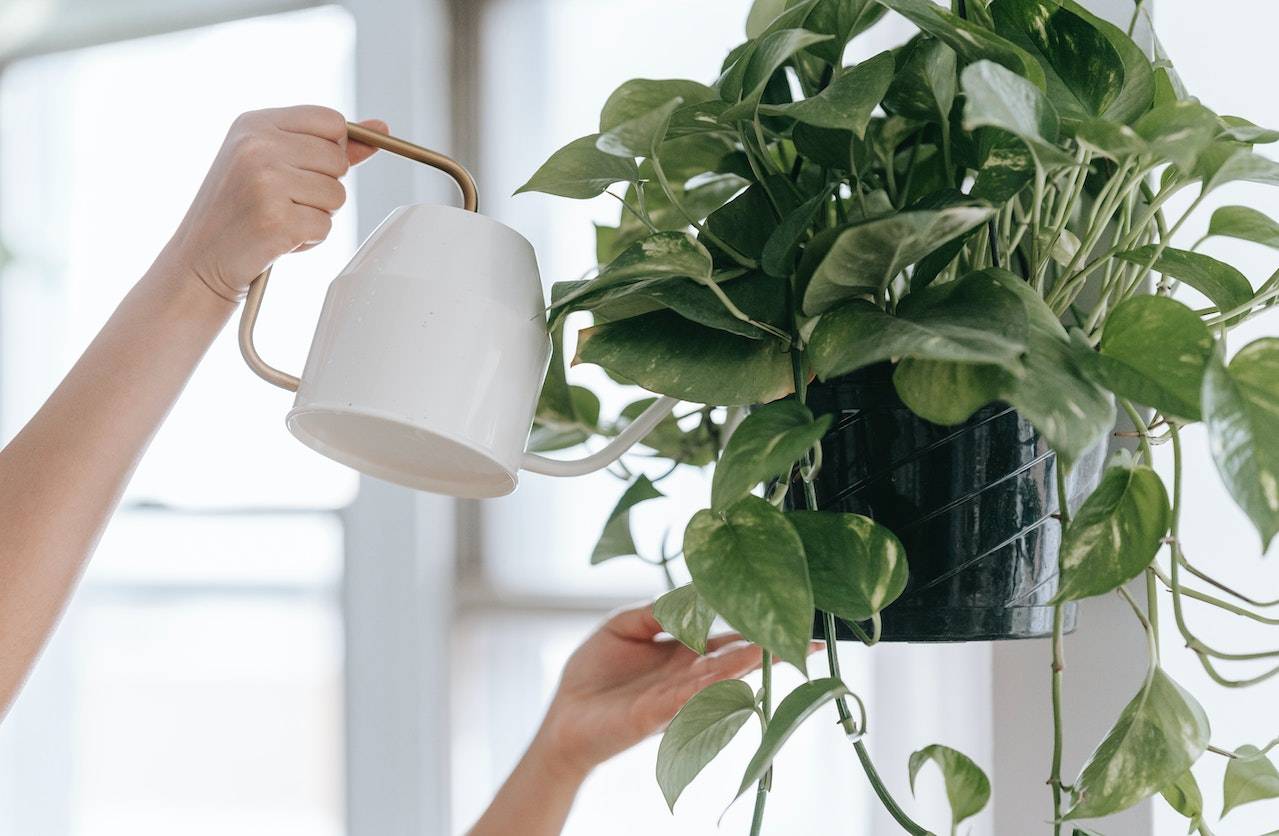
Watering your plants is important but sometimes we over or underwater. We want to share with you the guidelines we follow when watering our office plants and houseplants.
Humidity plays a role in keeping your plants happy too.
Subscribe
Time of Day
Watering is best done in the morning, when the plants have the whole day to photosynthesize. This helps keep the plants from sitting in saturated soil overnight, and allows any water on the leaves to evaporate.
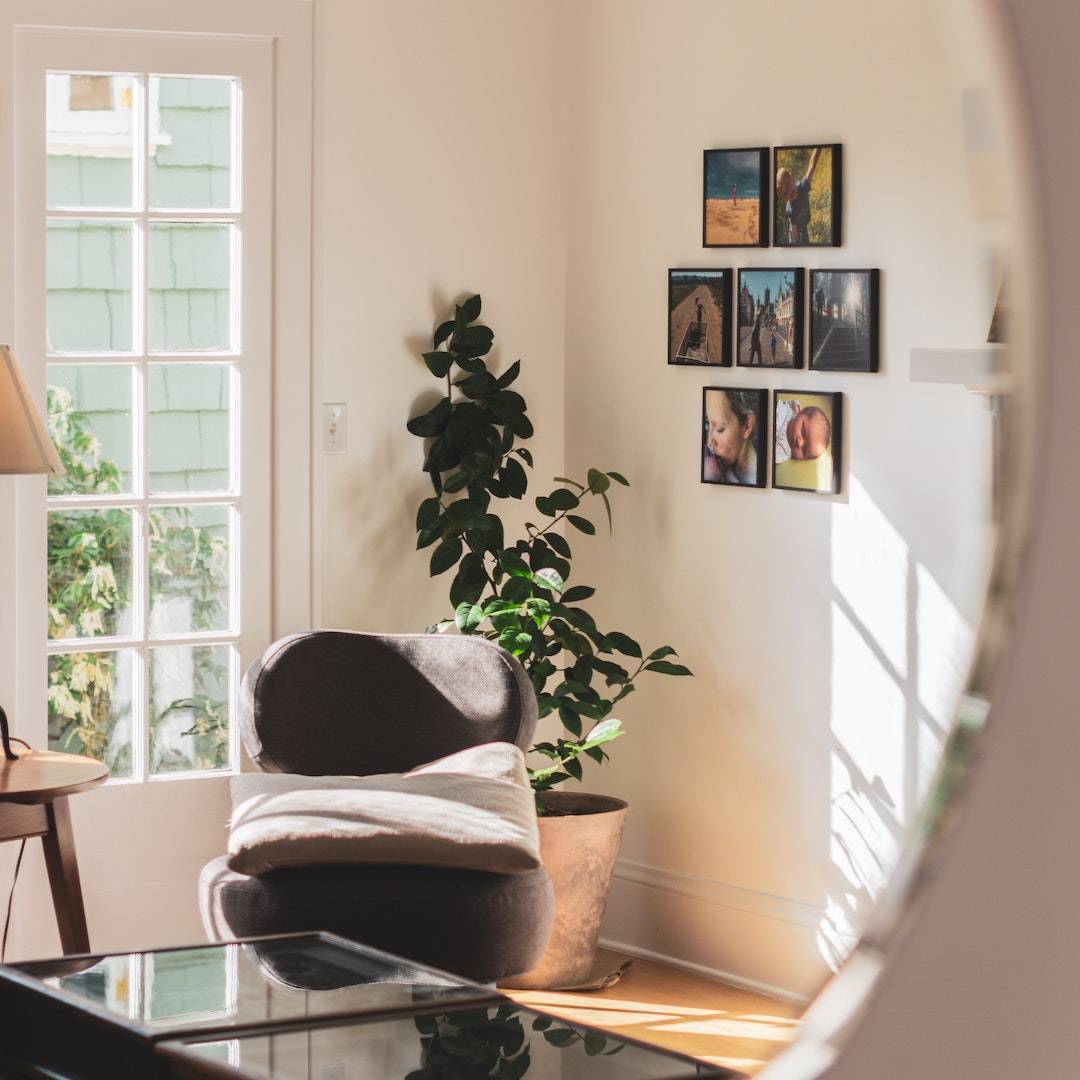
Moisture Content
Your plant should have 5-10% moisture for succulent type plants, and 25-45% for most other plants. You can use a moisture meter to get an accurate reading of your soil moisture. A good rule of thumb if you don't have a moisture meter is to feel how damp the soil is about an inch below the surface. If it feels completely dry, your plant probably needs water! If you can see into the drainage holes at the bottom of the pot, you can also check how damp the soil is there.

Plant Stress Signs
When a plant is dry, it will begin to wilt. This will often be followed by stopped growth, curling, browning, and dropping of leaves.
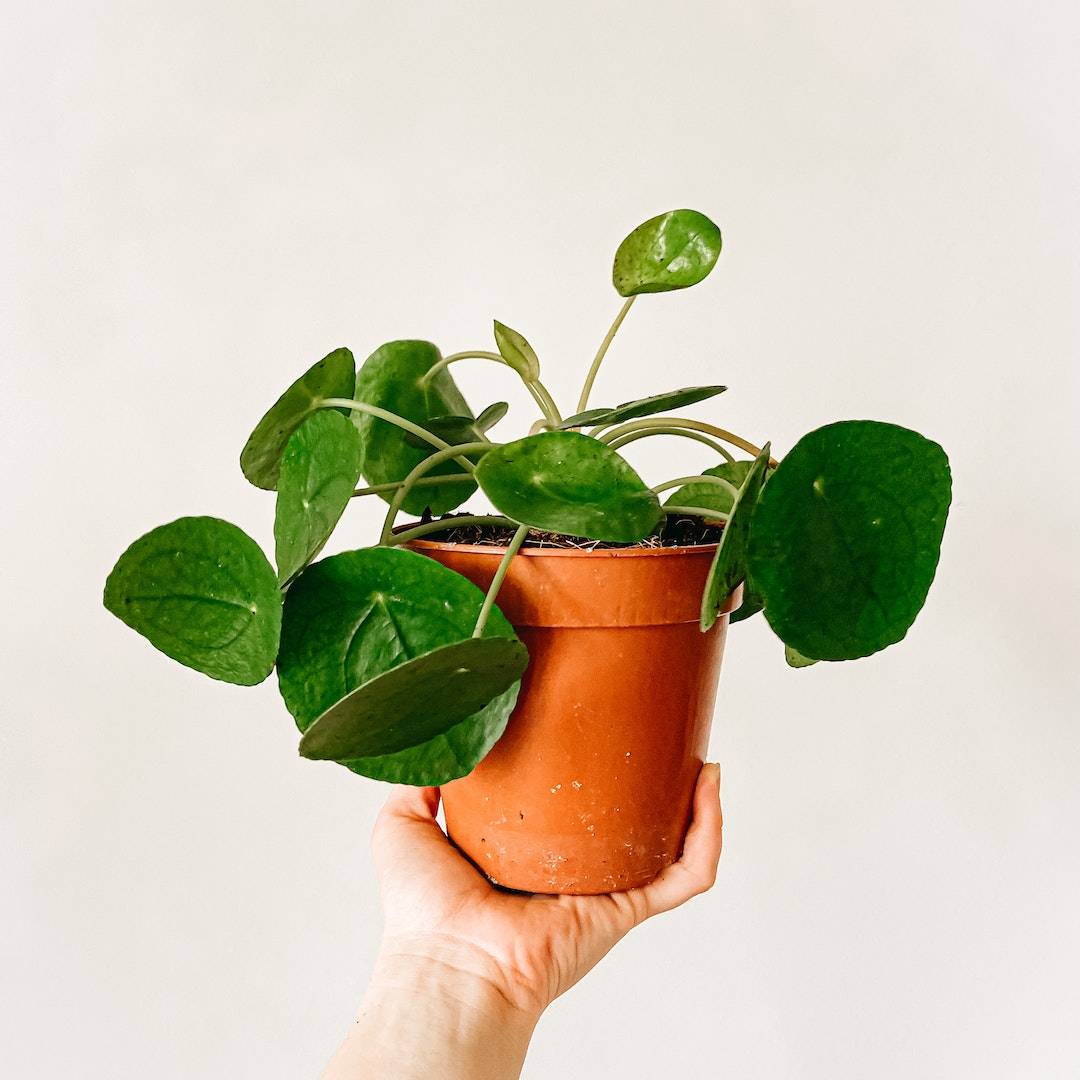
Humidity V.S Water
If the plant’s moisture levels appear to be normal, but you are having issues with the leaves turning brown, it might be humidity. The easiest way to identify this is that the browning will start at the outer edges of the leaves and work inward. To rectify this, you should get the air around your plant moist by placing your plant near a humidifier.
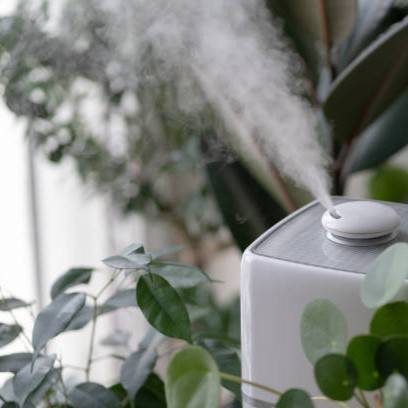
Watering with Finesse
Make sure to always water your plant gently, with low pressure. You should not displace much soil, if any, during the watering process. If the water immediately runs through the soil, wait a few seconds and water the plant again. Usually this is because your soil is very dry, and it won’t retain much from the first watering.
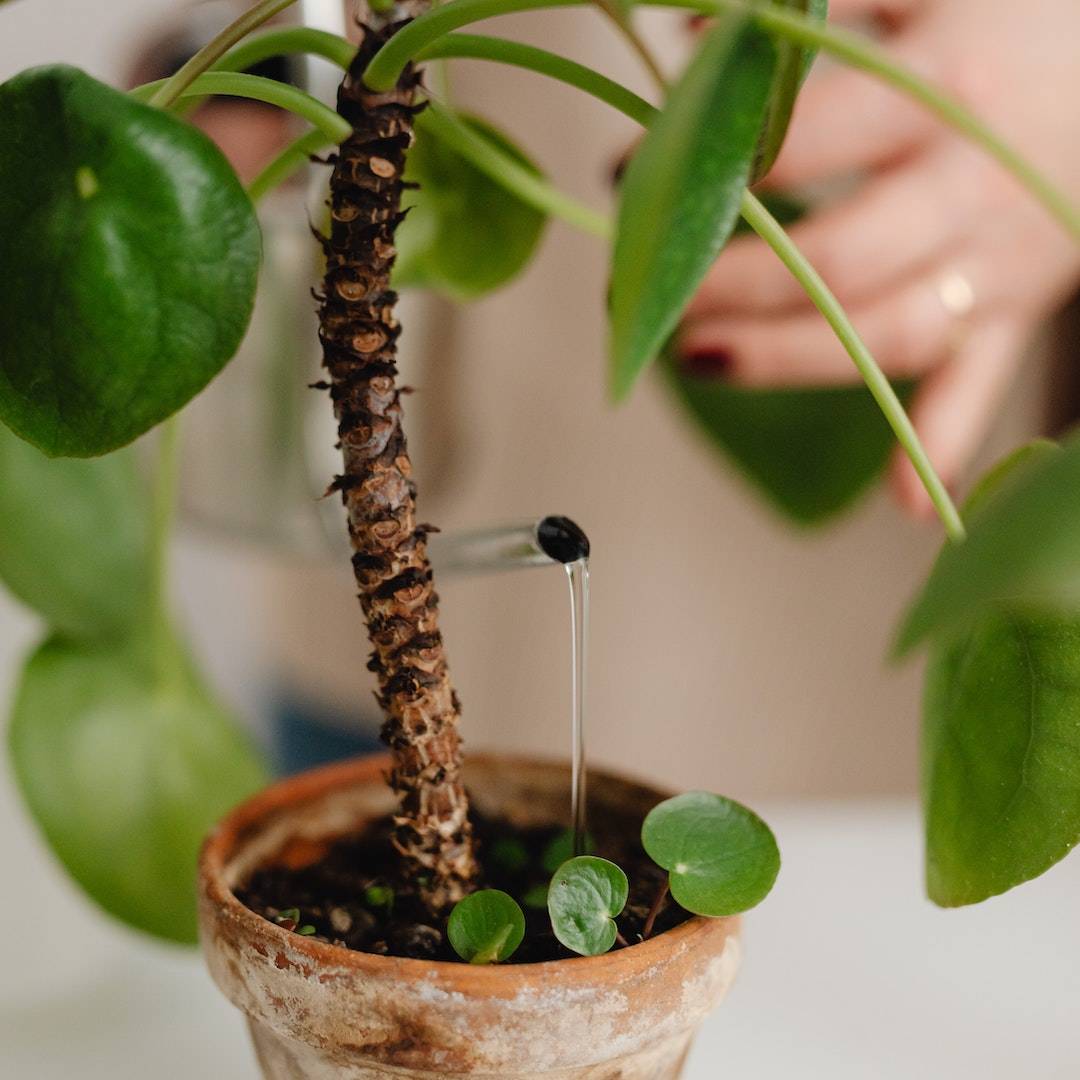
Bottom Watering
Some plants, like African Violets, prefer bottom watering. The easiest way to do this is to keep it in one pot with drainage holes at the bottom of a pot without drainage holes. Then you simply water into the outer pot, and the water is pulled up into the soil through the drainage holes of the inner pot. If you do not have two pots, you can use a saucer or plate under your pot. Then you would follow the same procedure, watering into the saucer and letting it get soaked up into the pot.
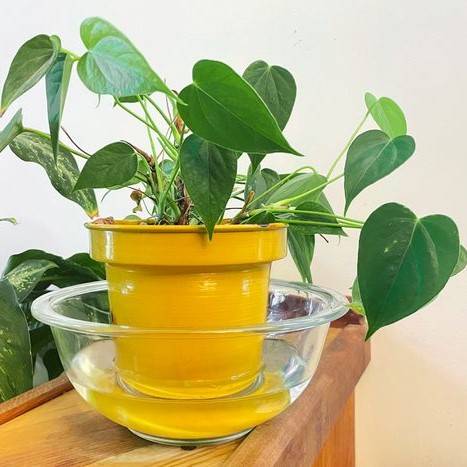
Drainage Hole
You should always have your plants in a pot that has drainage holes. Otherwise, water will collect in the bottom of the pot, which will lead to root rot. This will eventually kill your plant! Having drainage also makes it easier to see how quickly water flows through your soil, which gives you a good idea of how dry your soil was to start with.

Our Products
